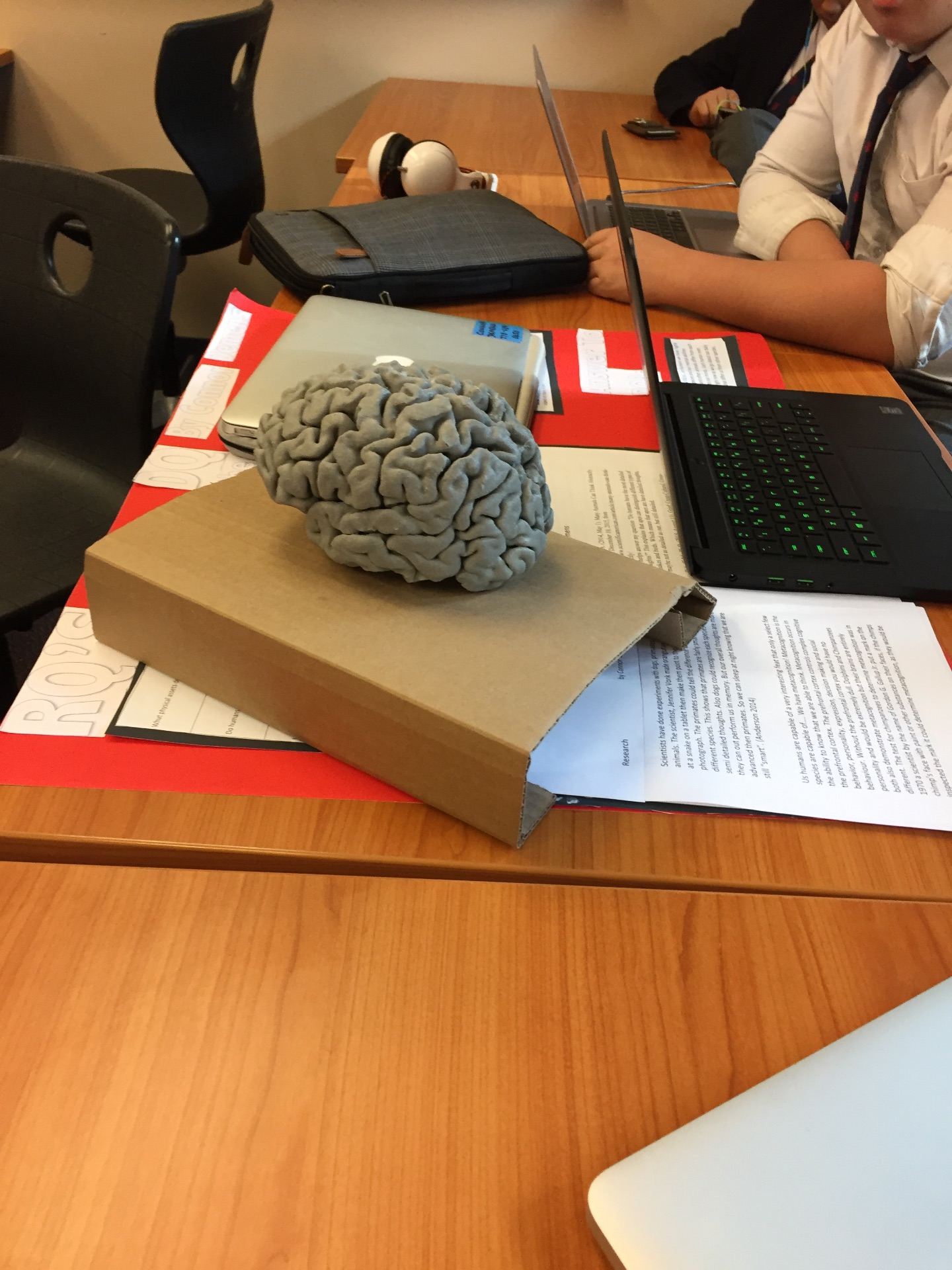


Greetings from sunny (finally!) Vancouver, B.C.! My name is Jennifer, and I am an English teacher at St. George’s School. You may have seen posts from other teachers at my school, like Marc Crompton and Elizabeth Walker. These two have GI figured out!
I will say this now: I am by no means a seasoned practitioner in GI but am developing a better understanding of how to incorporate GI practices in the classroom each time I use it. It’s a fantastic tool to keep in your metaphorical teaching tool belt.

Affinity Protocol: Students brainstormed types of relationships and categorized them to open our Romeo and Juliet unit.
I was introduced to Guided Inquiry through Marc, our senior school librarian extraordinaire. Together, we worked on a GI project for my Grade 10s last year that connected Shakespeare’s Romeo and Juliet with the concept of relationships to allow students to personalize the play. We also built in protocols from the National School Reform Faculty as our idea to work on this unit together actually came about during our training for this certification. You can read all about it in Chapter 8 of Guided Inqiry Design® in Action: High School.
I also had the chance to meet with Leslie when she came to our school in the fall of 2015 to work with a team of Grade 8 teachers. Our team of nine teachers (teachers of Science 8, English 8, and Socials 8) were trying to plan a cross-curricular, guided inquiry style project. It was wonderful to have her input on how GI could open up the realms of possibility and create both direct and indirect connections between the three subjects.

One Grade 8 student’s “What does it mean to be human?” creation. He compared the anatomy of pigs to humans.
After completing the aforementioned GI units with my students, I was left with some questions that I wanted to try to address the next time I attempted a GI unit. My questions included:
These questions arose from both the collaborative unit with our Grade 8s and Marc and I’s unit with my Grade 10s. For example, with our 8s, we sometimes had too many steps for the students and it actually slowed them down rather than propelling them forward. With my 10s, the creations were thoughtful and, for the most part, well-researched, but there weren’t enough references to Romeo and Juliet to demonstrate understanding of the play.

This Grade 8 student created a 3D printed brain accompanied by a PowerPoint to explain what it means to be a human intellectually.
This week, I am going to be sharing my Grade 11 English unit on Fahrenheit 451 with you to share my newest discoveries and perhaps some viable solutions to the challenges I mentioned. We explored the dystopian narrative, and the students used this understanding to write their own. Students had ideas that ranged from a post-WWIII era to the post-climate change charred earth and even schools of “un-learning.”
Stay tuned for more about this unit and my reflections and learning!
English Teacher
St. George’s School